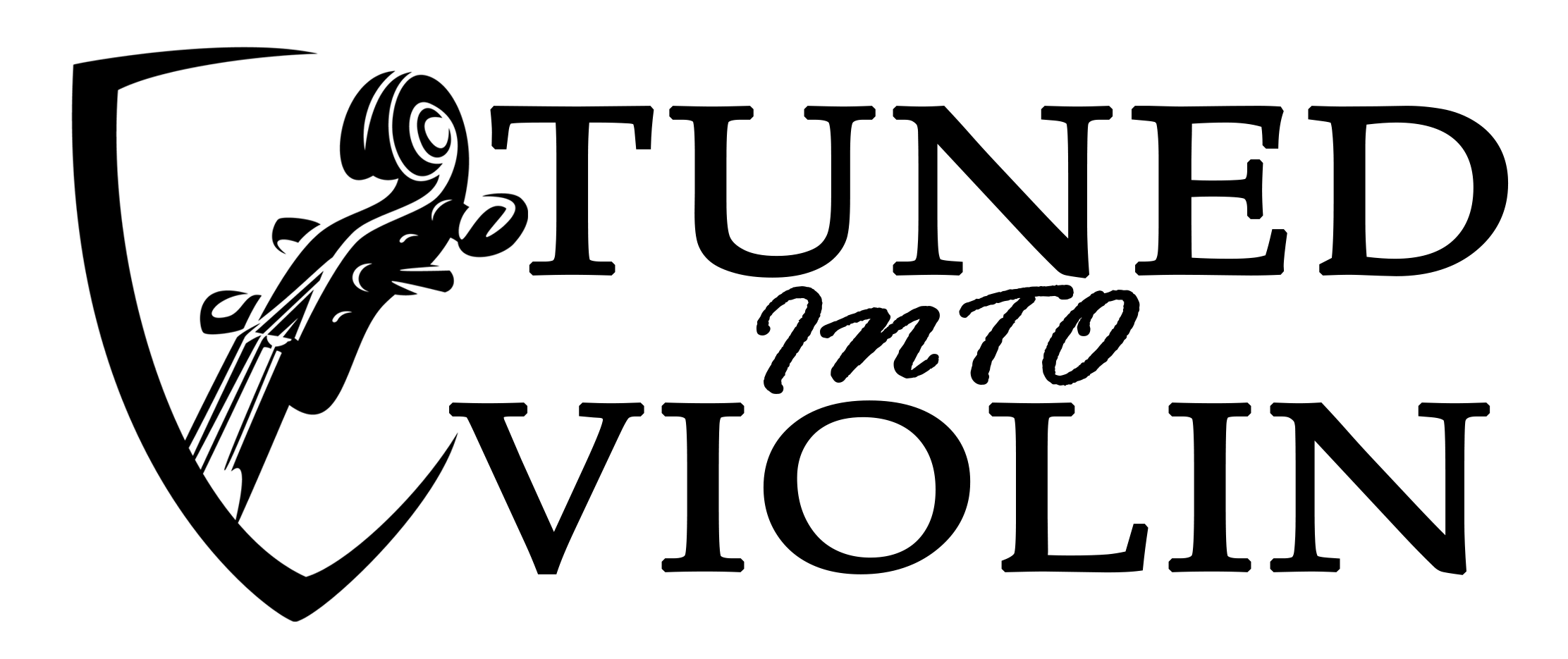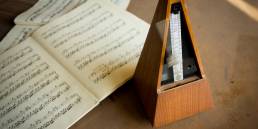The history and origins of the violin is an interesting topic that spreads its webs across all of the globe. From fake Italian violins to weird myths, the instrument we know and love shrouds itself in mystery. Overall, it is long believed to have evolved from stringed instruments that existed in various cultures across the world, including the Byzantine lyra, the Arabic rabab, and the European rebec. Let’s dive into some of the back story and how this amazing instrument evolved into what we see today!
History and Origins of the Violin – The Makers
The modern violin as we know it today is generally attributed to the work of Andrea Amati, a luthier from Cremona, Italy, in the early 16th century. You can use the website – Tarisio – to read about many fine Italian makers and their families. Amati and his family of violin makers refined the design of the instrument, producing violins with a curved back, longer neck, and flatter bridge. These changes allowed for a more powerful and expressive sound. One of the most famous students of the Amati family was Antonio Stradivari, who became a renowned luthier himself in the late 17th and early 18th centuries. Stradivari’s violins are widely considered to be among the finest ever made, with their distinctive sound and exquisite craftsmanship. These instruments are few and far between so finding one of these intact is a huge deal for the owner! Other notable violin makers from Cremona during this time period include Guarneri del Gesù and Carlo Bergonzi, who produced violins that are still highly sought after today, though they Stradivari still holds the highest accolades.
Changes in the Violins Physical Design over the Years
The history and the origins of the violin has undergone several changes in its appearance throughout history, both in terms of its physical design and its role in music. Here’s a brief overview of the violin’s physical development through out time:
- Early stringed instruments: The violin evolved from earlier stringed instruments such as the Byzantine lyra, the Arabic rabab, and the European rebec. These instruments had a similar shape and were played with a bow, but they lacked the curved shape and refined construction of the modern violin.
- Renaissance: During the Renaissance period (15th and 16th centuries), the violin began to take on a more recognizable form, with a curved back and a longer neck. The first violins were made by luthiers in Italy, particularly in Cremona. These early violins were smaller than modern instruments, and were played in a more upright position than is common today.
- Baroque: In the Baroque period (17th and early 18th centuries), the violin became an important solo instrument in classical music. Composers such as Bach, Vivaldi, and Handel wrote music specifically for the violin, which was played with a more fluid, virtuosic style. The Baroque period also saw the development of the chin rest, which helped violinists support the instrument more comfortably on their shoulder.
- Classical: In the Classical period (late 18th and early 19th centuries), the violin continued to evolve in size and shape. Luthiers such as Stradivari and Guarneri del Gesù produced violins with longer necks and flatter bridges, which allowed for a more powerful and expressive sound. The use of gut strings also became more common, which gave the violin a warmer and more complex tone.
- Romantic and modern: In the Romantic period (mid to late 19th century), the violin took on a more prominent role in orchestral music, with composers such as Tchaikovsky, Brahms, and Mendelssohn writing sweeping, emotional works for the instrument. The modern period (20th century to present) has seen a range of innovations in violin design, from electric violins to carbon fiber instruments. At the same time, there has been a renewed interest in historical performance practices, with some musicians returning to the use of gut strings and period instruments.
Notable Violin Historic Events
The history and origins of the violin cannot be complete without noting Andrea Amati and the Cremonese school. Andrea Amati was a luthier from Cremona, Italy, who is widely credited with creating the modern violin as mentioned above. He and his family are also credited with developing the violin’s curved shape, longer neck, and flatter bridge, which allowed for a more powerful and expressive sound. Other notable violin events include:
- The Baroque era: The Baroque period saw the emergence of the violin as a solo instrument, with composers such as Bach, Vivaldi, and Handel writing music specifically for the instrument. This period also saw the development of the chin rest, which allowed violinists to support the instrument more comfortably on their shoulder.
- The Classical era: In the Classical period, luthiers such as Stradivari and Guarneri del Gesù produced violins with longer necks and flatter bridges, which allowed for a more powerful and expressive sound. The use of gut strings also became more common, which gave the violin a warmer and more complex tone.
- Paganini: Niccolò Paganini was a virtuoso violinist who revolutionized the way the instrument was played. He introduced new techniques such as left-hand pizzicato and harmonics, and performed with a showmanship that was previously unheard of in classical music.
- The Romantic era: In the Romantic period, the violin took on a more prominent role in orchestral music, with composers such as Tchaikovsky, Brahms, and Mendelssohn writing sweeping, emotional works for the instrument. This period also saw the development of the Tourte bow, which allowed for greater control and nuance in bowing.
- Modern innovations: In the 20th century, there have been numerous innovations in violin design, from electric violins to carbon fiber instruments. At the same time, there has been a renewed interest in historical performance practices, with some musicians returning to the use of gut strings and period instruments.
Concluding the History and Origins of the Violin
To conclude, the violin evolved over the courser of many years. Many individuals helped shape its unique design, and the sound expression seen today comes from a long line of development. Violins are popular among the modern age musician crowd, and the birth of social media has seen a rise in many modern influential artists – both in the classical and modern music space. Here at Tuned Into Violin, we are excited to see where this amazing instrument goes from here! Check out our shop for more E-Books and Violin Related Courses: Tuned Into Violin Shop.



